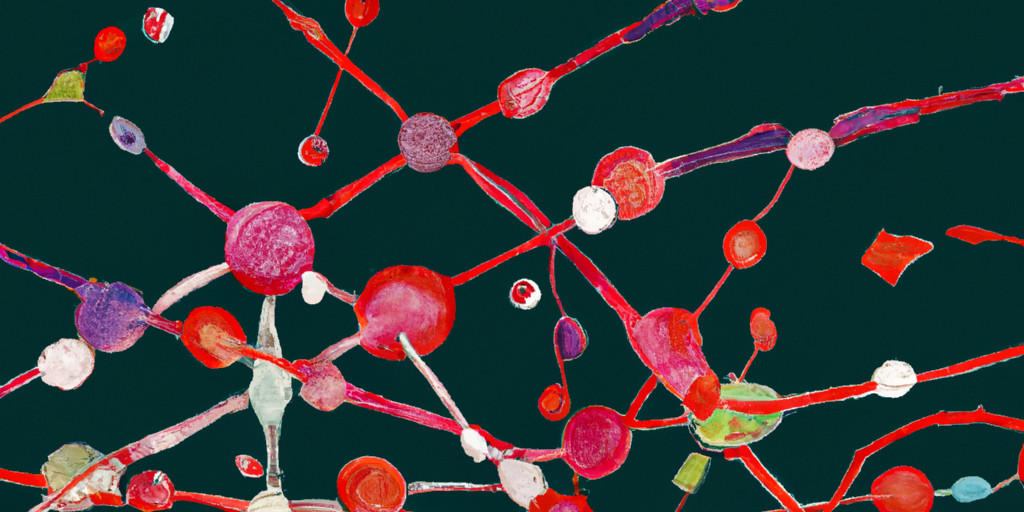Hyperedge prediction and the statistical mechanisms of higher-order and lower-order interactions in complex networks
Times cited: 9
Sales-Pardo, M, Mariné-Tena, A, Guimerà, R.
Proc. Natl. Acad. Sci. USA
120 (50)
,
e2303887120
(2023).
Complex networked systems often exhibit higher-order interactions, beyond dyadic interactions, which can dramatically alter their observed behavior. Consequently, understanding hypergraphs from a structural perspective has become increasingly important. Statistical, group-based inference approaches are well suited for unveiling the underlying community structure and predicting unobserved interactions. However, these approaches often rely on two key assumptions: that the same groups can explain hyperedges of any order and that interactions are assortative, meaning that edges are formed by nodes with the same group memberships. To test these assumptions, we propose a group-based generative model for hypergraphs that does not impose an assortative mechanism to explain observed higher-order interactions, unlike current approaches. Our model allows us to explore the validity of the assumptions. Our results indicate that the first assumption appears to hold true for real networks. However, the second assumption is not necessarily accurate; we find that a combination of general statistical mechanisms can explain observed hyperedges. Finally, with our approach, we are also able to determine the importance of lower and high-order interactions for predicting unobserved interactions. Our research challenges the conventional assumptions of group-based inference methodologies and broadens our understanding of the underlying structure of hypergraphs.
